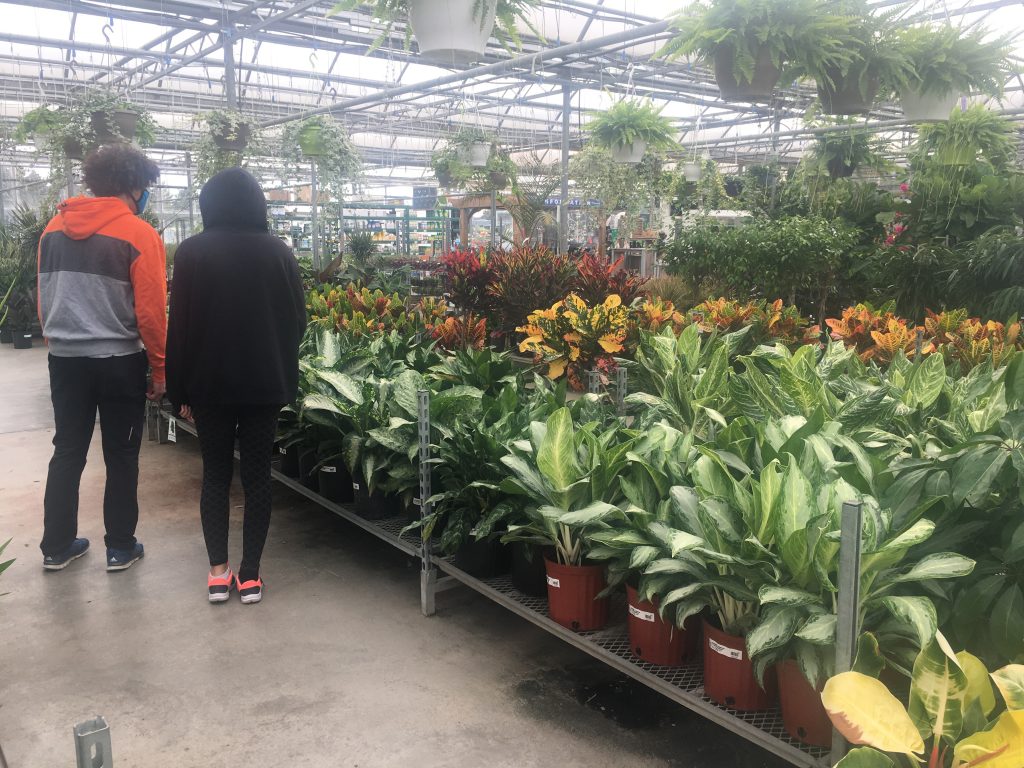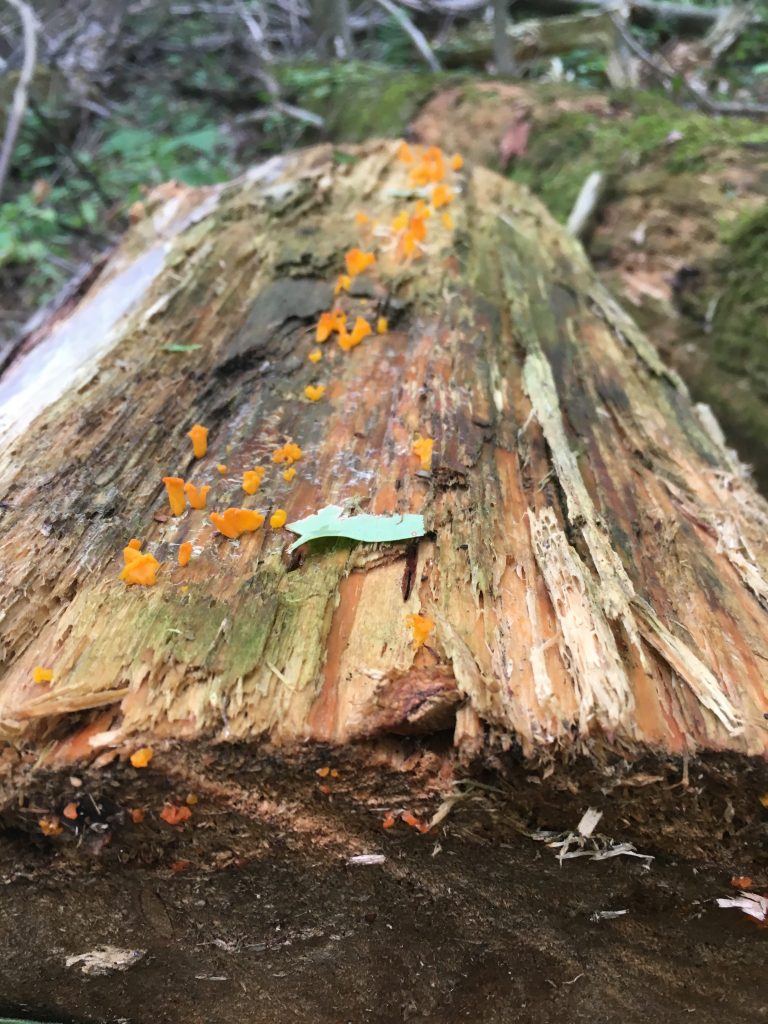There are some phrases that don’t evoke images of abundance…
Home educating on a shoestring budget …
Home educating for less …
Home educating on the cheap …
These each came to mind when I was thinking of a title for this. They feel limiting though.
A shoestring gives me the picture of reaching out only so far. And not very.
The word “less” gives me the sense of, well, less than something else, substandard.
“On the cheap” sounds like trying to get away with something or just getting the bare minimum.
I think it’s safe to say that no parent is looking for a limited, substandard, bare minimum of an education and life for their child! And yet, there’s a paradox. Home education requires time. It might not require the exact type or amount of time that people imagine, but it does still require time and that means that one or both parents might be giving up at least some degree of income, if not the full amount. Now, this might not necessarily be the case. Quite a few people work around each other’s schedules, but not everyone can or wants to make that happen. Giving up income is obviously linked to making do with less. Making do with less doesn’t sound helpful when beginning homeschooling … something that you hear you need to buy resources and create a rich, adventurous life for!
What if there was a way to live and learn simply, meaningfully and yes, inexpensively. Living richly with less money? Yes. Life can be rich without spending a whole pile of money. (To clarify, these ideas can’t compensate for the lack of income involved in shifting from full-time to part-time work or unpaid homemaking. These thoughts are about living and learning resourcefully and abundantly once you’ve made the decision).
You might hear of families worldschooling, living and learning as they travel the world. You might know families who have beautiful curricula and bookshelves full of every classic imaginable. You might know people who have memberships to museums, zoos and amusement parks and whose kids are involved in elite sports or arts. All of those things are fine and wonderful and people have every right to access them, but if you aren’t in a position to or choose not to, fear not, you can find abundance in other places.
An abundant mindset is the first resource to gather.

You may be overestimating how many material resources children need.
There is a LOT on the market. Some of it is specific to home education and can include everything from traditional curricula to Montessori, Waldorf or other resources. Some of it is a reflection of the early childhood or parenting industry and the multitude of things marketed to families. Admittedly, they are so much fun to look at. I LOVE a good toy or book store and have had a tendency to purchase quite a bit, but we haven’t needed or even benefited from every purchase we made.
I really enjoy beautiful books, games, puzzles, toys, art supplies and various tools. I enjoy them so much that we sold many brands of premier children’s resources for many years and still carry a few. As a result, we had a lot of things. The kids loved many of them and learned a lot through them. At present, the various items are divided among a few younger families who are hopefully enjoying them. I don’t regret having them. They brought a lot of knowledge, skill and joy. They aren’t the only way to get those things though.
It isn’t necessary to have a school room in your home.
You certainly can have one, but you don’t have to. It’s fun to look at beautiful, creative learning spaces on the internet. But what if you don’t have the space? Or what if you have the space but not the resources to do all the cute painting, fancy desks and reading nook, complete with forward facing book racks and cosy beanbag chairs? You know the ones, with a specific colour that corresponds with that particular child’s desk and waste paper basket;)?
I sound sarcastic, and admittedly I am a bit, but a few weeks ago, I came across a couple of articles about parents planning to begin home educating this year and they gave me pause. The articles weren’t in a home decor magazine – that would have been the perfect place and would have made sense. They were in the context of the difficult educational decisions of this particular school year and what parents were doing to prepare. As beautiful as the spaces they were, and as much as they have every right to create them, it’s okay if you can’t or don’t want to.
What came to mind is that they would be out of reach for so many people from both a time and money perspective. If you can and want to create a separate room and that works for you, fantastic. I just want families to see living and learning in a way that is natural, practical and within the reach of regular life. You do not need to create a mini Montessori classroom, Waldorf wonderland or a classical study in your house in order for your children to learn. I think it’s more important to have a sense of wonder, curiosity, flexibility, coziness, access to community, greenspace (whatever form that may be for you) and a connected relationship. Those are the conditions that I have seen form a basis for natural learning, development, community and family life.
Yes, it is ideal to have space set up so that kids have easy access to materials. Some kids really like to have their own special area and safe, organized spaces for their things, but you can figure out what that means within the set up you have.
Look around you at the possibilities that are already in your life.
I don’t know what they’ll look like for you. I can tell you what they have looked like for us. Last week they looked like the opportunity to borrow a Provincial park pass and spend the afternoon exploring a peninsula that has a lot of interesting history as well as biodiversity. History that includes old-fashioned inns (no longer there), bootlegging of alcohol across the lake to the United States during prohibition, shipwrecks, crime and lawsuits, a history of farm families and founding members of a town and much more.
They looked like biodiversity that is found in such a range of habitats all on the same peninsula … sand dunes, marshes, meadows, fields, sand beaches and my favourites, rock beaches and old growth forest. It involved invasive species, pollination and a hike through an old-growth forest with trees that had clearly been visited by pileated woodpeckers.


And another day it took the form of a nature trail with an long-time friend on a lovely, sunny day.
A few days afterward, it was stopping by a garden centre to buy a Venus fly trap and finding they were out (apparently they sell out right away) but having fun looking at so many other things there. Oh, the pumpkins! We spent so much time looking at different plants and finding out details about them. We were surprised to see turtles and fish and L began researching koi fish later that in the evening. Then she created a koi fish animation.
Another one of our local libraries opened this week and we were able to gather a variety of books from the library and make a list of documentaries or movies to watch. We stopped at our library to snag some books.






Really take time to notice and savour what’s already in front of you.
Walking through that old growth forest, we saw the results of that pileated woodpecker (or more). We noticed many trees in various states of decomposition that we could have just walked on past. We found ourselves surrounded at certain points by invasive species which we wouldn’t necessarily have noticed just quickly passing through. I came across orange growth on trees that we realized were a bright kind of fungi that we’d noticed on the information board coming in, but didn’t think we’d see. So much to find out about when really taking our time.
One of our favourite campsites from a few years ago has received the rough end of wind and flooding, so that was interesting to compare to some photos.
We have had so many daily changes to things in our yard, plants in our garden and places in our area. Walks just around our own neighbourhood demonstrate seasonal changes, structural changes and getting to know new people.



Resources can be free or purchased thoughtfully.
There is a common saying in the world of home education that all you need to homeschool is the internet and a library card. While I don’t think it would be easy these days, I do know of a couple of people who have homeschooled with just the library card and no internet. Libraries offer the internet, so one of those families went the library 3-4 times a week, alternating between a couple of libraries. They could use the iPads, computers and lots of other onsite technical resources like green screens, regular and 3-D printers and of course, leave with a pile of books.
Assuming you have the internet, though, you can check out:
Very reasonably priced:
It is nice to buy some of the bright, shiny resources, and I mean that sincerely. There are some wonderful things out there, but it isn’t necessary. You also don’t have to stick to “educational” materials. Learning is everywhere.


Some practical ways to move from a scarcity perspective to an abundance perspective in a pinch …
Step outside and really look around. Check out the colour of the sky, the cloud formations, insects, birds, trees, flowers, water, stones, people walking by. Choose a place with the kids (or a few) to visit regularly (this could be close to your house) and go to notice changes day to day, week to week and season to season. Take a notebook (if you want to), but be open to what might come up rather than pushing the idea of documenting. Nothing would kill the joy of outside time faster for my guys than the idea of a notebook, lol.
Go outside at night and follow the phases of the moon and constellations over time. Some families have fantastic star gazing equipment. We don’t, but are still fascinated by the sky and go out at night, using a SkyView app.
Go to your closest library and just take it in. That might be a tall order right now. You might need to look online to choose your items and go for pick up, but many libraries are open in limited ways and you can still browse. Even small libraries will have hidden gems. Maybe especially small libraries have hidden gems.
Get your calendar out together and make some plans (leaving lots of white space for things that come up)! A moderately full calendar can help add to the feeling abundance. Have a look at what might be happening in the community … parades, weekend community events, speakers or programs at the library, hikes. Over the years, some things that we filled our calendar with:
After dark snowshoeing guided “hikes”
Guided night-time firefly walks
Night-time winter “Owl howls” (a snowy guided group trek through the dark woods to spot owls)
Walking local history tours through nearby towns
Meeting with friends at the creek to see the salmon swim upstream and jump in the fall and the trout in the spring
Sunday afternoon book clubs at the library
Night-time Christmas Parade of Lights with friends, followed by snacks with everyone outside or at a local diner
Blacklight puppetry instruction and performances at church
Being part of Christmas pageants at church
Local art gallery music nights
Local art gallery community open studio projects
Fireworks displays over the lake
What about penciling in some at-home adventures onto the calendar?
A cosy book-a-thon afternoon where each person chooses a stack of books and you read as many books as possible (with planned upon snacks, of course)
A movie afternoon with homemade snacks – or just any snacks;)
Make a very low investment in something like Curiosity Stream and have abundant documentaries at your fingertips
Make a very low investment in Audibles and have abundant audio books at your fingertips
Cover the table or floor with everything from recycled materials to blank paper, scissors, paints and crayons and have a “Crafternoon.” Let this be open-ended and see what transpires. If what transpires is a mess and a certain amount of frustration – this is real life after all – be prepared for that possibility and make adjustments for next time.
Have a weekly family board game session every week. Again, prepare for the possibility of frustration and adjust accordingly.
Meal plan and cook dinner together.
Finally, it can be helpful to read how others come up with some simple, lovely ways to live and learn together as a family.
Have a look at beginning with joy lists for any age here, nature walks with younger ones here (mentions resources that are in context with the author’s family – it could be different for you), abundant family living here and some of the most simple ways to learn through living here.


Do you have any ideas or tried and true things that have helped with abundant home education or family life? Feel free to pass on in the comments:).
Enjoy this post? Please share.
Facebook
Twitter
Pinterest
Email


Some wonderful ideas here Erin, and some great links 🙂 Much appreciated.
We’re loving some poetry teatime here, lots of great free ideas and inspiration for that and much more at Brave Writer. Also enjoying the free art history and appreciation resources at Nurturestore and Little Bins for Little Hands.
Wonderful ideas, Hayley! I’m not familiar with Nurturestore so I’ll have a look. Much appreciated:).